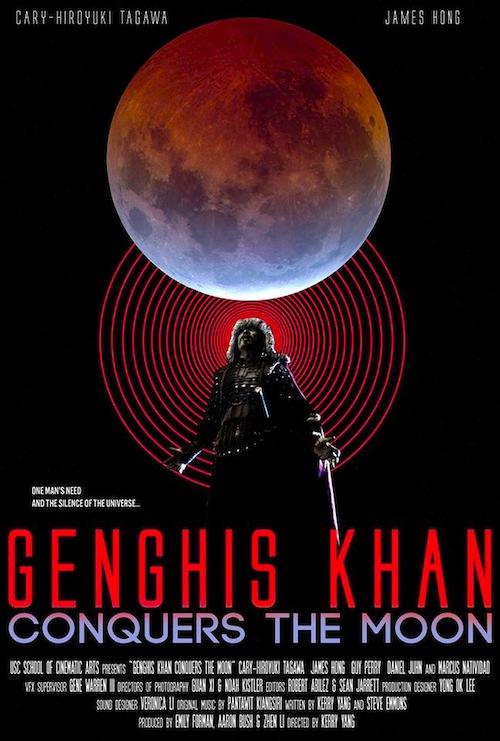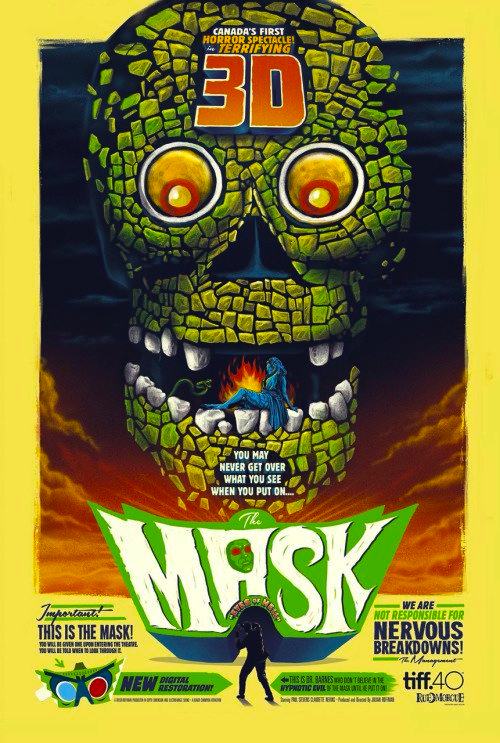 By Joe Bendel. Genghis Khan conquered more territory than Alexander the Great and often topped “Man of the Millennium” polls. If you doubt his lasting influence on today’s world, go ask a Mongolian about it. It turns out, he was even the first man to set foot on the moon, but he has some rather magical-mystical help in Kerry Yang’s short film Genghis Khan Conquers the Moon, which screens during the 2016 Philip K. Dick Film Festival in New York.
By Joe Bendel. Genghis Khan conquered more territory than Alexander the Great and often topped “Man of the Millennium” polls. If you doubt his lasting influence on today’s world, go ask a Mongolian about it. It turns out, he was even the first man to set foot on the moon, but he has some rather magical-mystical help in Kerry Yang’s short film Genghis Khan Conquers the Moon, which screens during the 2016 Philip K. Dick Film Festival in New York.
In the twilight of his life, the great Khan had little left to conquer (just little pieces of China, here and there that would be left to his grandson, Kublai). Yet, he hears reports of a defiant alchemist, so he makes haste to assert his authority. Although outwardly subservient, the alchemist does not seem to be kowtowing on the inside. In fact, he knows what the great Khan needs and where he can find it. That would either be a new world ripe for conquest or tranquility, a whole sea of it, in fact.
How cool is it to see veteran Asian American actors Cary-Hiroyuki Tagawa and James Hong as co-leads in a film? Granted, neither is Mongolian, but so be it. Tagawa has all the right grit for the great Khan and Hong is as slyly charismatic as ever as the cerebral alchemist. Frankly, the film is far more spiritual and symbolic than typical genre films, which makes it pleasantly ambitious.

However, the warmongering depiction of the Millennial Man is not entirely fair. After all, he abolished torture, established religious freedom and cut taxes on doctors, teachers, and clergy in the lands that fell under his control (at least according to the Rubin Museum and they ought to know).
Regardless, Yang and cinematographers Noah Kistler and Guan Xi compose some absolutely arresting images. Somehow they take us past the fantastical into the realm of the hyper-real. It is lovely to look at and quite a strange (in a welcome way) addition to the growing Genghis Khan film canon. (Keep in mind, Tagawa has now joined John Wayne in the elite company of actors who have played Temujin.) Recommended for those who appreciate science fiction with a mystical flavor, Genghis Khan Conquers the Moon screens as part of a short film block this Friday (1/15) at the Cinema Village, during this year’s Philip K. Dick Film Festival.
LFM GRADE: B
Posted on January 14th, 2016 at 4:50pm.




